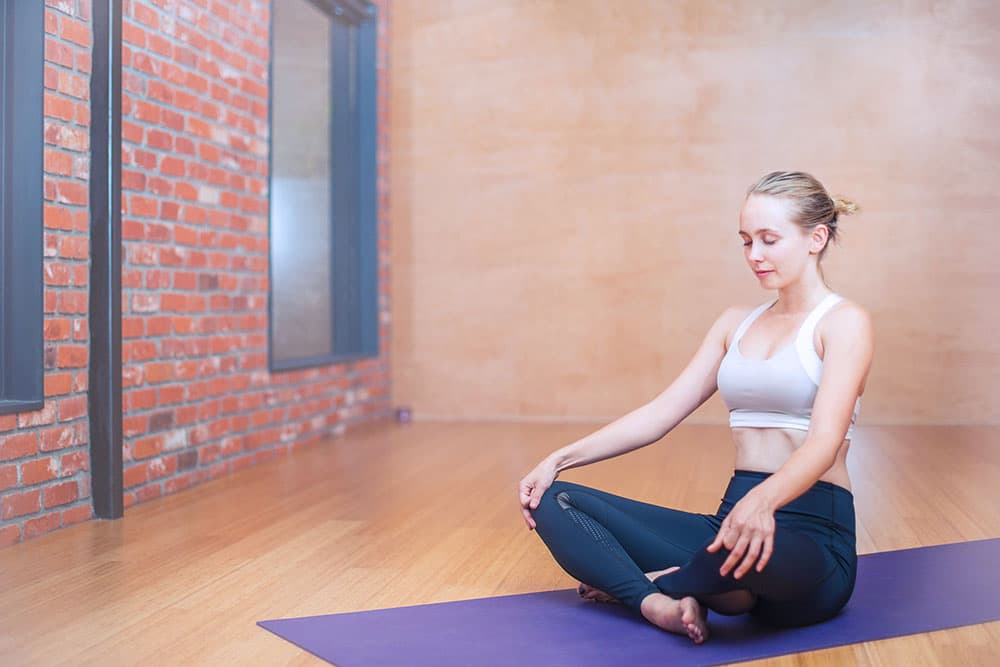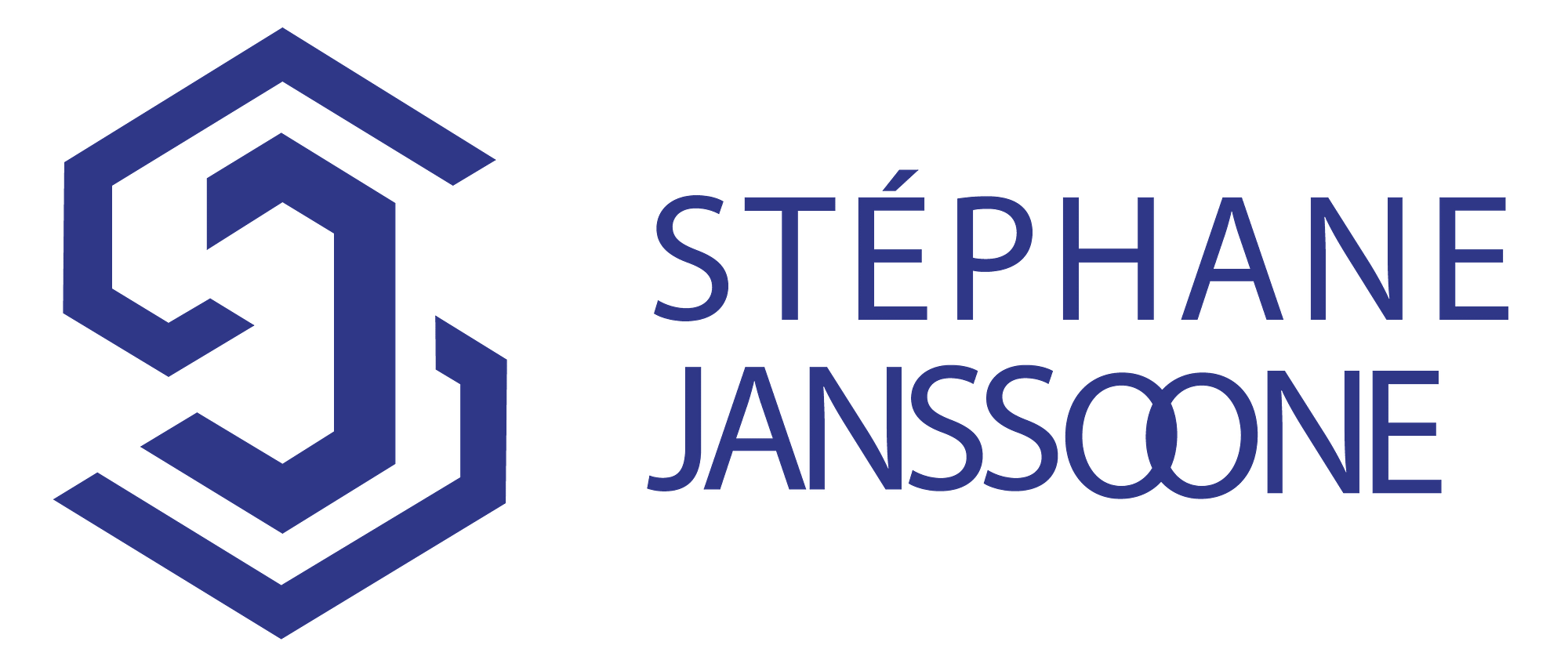
Breathe at the top of your lungs... through your belly
Breathing through your belly? It's a funny idea that's gaining ground. As we rediscover the contribution of correct breathing to our physiology, we understand that breathing through the stomach is one of the keys. So maybe exploring a technique to increase its efficiency and benefits will be welcome. This is what I propose here.
Let's start by taking the time to connect to the breath.
I invite you to take a moment.
Close your eyes.
Just relax.
Put your consciousness on your breath.
Feel your inhalation and exhalation.
Observe.
Does your inspiration come through your nose? Through the mouth? Both?
Is your inhalation longer than your exhalation? Longer than your exhalation? Is it the same?
Is your breathing ample? Short? Regular? Noisy?
Do you pause on inspiration? Exhale?
In one minute do you breathe 20 times or more? Between 10 and 20? Less than 10?
What is the most mobile part of your body when you breathe in? When you breathe out? Is it your shoulders? Your torso? Your belly?
So many questions... there's so much to observe and say about breathing.
Breathing is THE vital function par excellence. A physiological function that we can only interrupt for a few minutes (*), whereas we can live without eating or drinking for several days.
What we think is a simple, self-contained process is actually extremely sophisticated.
A movement that offers us the possibility to consciously appreciate and influence our physiology, our mind and our emotional sphere.
How is it then that we only paid very relative - if not negligible - attention to it? Why not teach breathing from a very early age, both to understand how it works physiologically and to adopt the right technique? Why do martial arts and other traditional disciplines (Yoga, Tai Chi, Qi Gong) consider breathing as the foundation of their practices when we struggle to take a few minutes each day to breathe consciously?
This is one of the greatest paradoxes of our modern human condition: the most fabulous, accessible, available and powerful tool to enable us to be the best version of ourselves has been within us since our first moment of life, since our first inspiration as a newborn baby. And we have let it go.
The impulse comes from the belly

So I propose here to reconnect us to this movement of life. And in view of the scope of the subject, I have chosen to evoke with you the foundation of breathing, its starting point, its impulse: ventral or diaphragmatic breathing.
Yes, because the correct inspiration starts from the belly, or the diaphragm, and not from the rib cage.
The diaphragm is the powerful, mushroom-shaped muscle that surrounds the spine, ribs and sternum and lines the inside of the abdomen, dividing it in two: the organs on one side and the heart and lungs on the other.
Like all muscles in the body, it can contract and relax.
When it contracts, it lowers into the abdomen and pushes the organs forward to make room for itself. Liver, Stomach, Spleen - which are the neighbouring organs, but also Gall Bladder, Small Intestine and Large Intestine, are then pressed against the abdominal wall and mechanically make the belly swell. In its movement, the diaphragm drags and stretches the lungs, creating a pressure difference with the ambient air that triggers inspiration. The blood capillaries surrounding the pulmonary alveoli receive oxygen and transmit it to the blood.
When the diaphragm relaxes, it moves up towards the chest. The lungs return to their equilibrium position under the effect of their elasticity and force exhalation. Venous blood can then rid itself of carbon dioxide and accumulated toxins and prepare to receive fresh oxygen from the next breath. The exhalation amplitude can be increased by contracting the abdominal muscles to pull the belly backwards and upwards. The lungs become more compressed and empty more. This helps to improve the quality of the next inspiration.
The Controlled Abdominal Strap is the secret
The technique seems simple, but the role of the main muscles, the abdominals and the diaphragm, should be carefully observed. Contrary to what we might think, it is not necessarily the abdominal muscles that initiate the movement by pushing forward to allow the diaphragm to descend into the abdomen. While this alternative may be a good educational tool for those who are not aware of the movement of their diaphragm, inflating the abdomen to breathe does not deliver the full benefits of diaphragmatic breathing.
It is indeed preferable to initiate it by the movement of the diaphragm itself and, when the conditions are right, to control the abdominal strap during inspiration.
Words are often less eloquent than practice, so I suggest that you do an exercise during which you can put in place and experience this enriched diaphragmatic breathing.
Sit down, back straight, pins at the edge of the chair, pelvis slightly anteverted, hands resting on thighs, shoulders open backwards and downwards, relaxed, arms relaxed.
The relaxed abdominal strap.
Inhale and exhale through your nose.
Let the exhalation take place naturally, without forcing. (Some people prefer to exhale through the mouth, if this is your case, do what feels natural to you. But keep one nasal breath in).
Set a slow but steady rhythm.
After a few cycles, place your consciousness on the movement of your diaphragm. Feel its to-and-fro movement.
Visualize its shape changes.
As he inhales, he flattens down. On exhalation it digs upwards.
Without changing the rhythm, increase the amplitude to accentuate the diaphragmatic contraction on inhalation and allow a longer release on exhalation.
At the end of the breath, feel the slight tension on the points where the diaphragm attaches: ribs, plexus, vertebrae.
Keep going for a few minutes. Just relax.
Observe the air coming in and out of your nostrils. Its texture, its smell, its temperature.
Then bring your consciousness to the part of the abdominals that are below your belly button. And as you begin to breathe in, lightly tension that area. Perhaps contracting the perineum as you can.
Then let the inspiration begin and the part of the abdomen located between the navel and the plexus will mechanically inflate slightly.
Before the abdomen is too bulging, put your abdominals under tension to freeze the belly.
Continue to breathe in through the diaphragm. You will feel that as it moves into the abdomen, it pushes the organs towards the abdominal wall. As the abdominal wall stops moving, the organs are squeezed and the pressure inside the abdomen increases.
If you continue to breathe in with the diaphragm fully contracted, your intercostal muscles will mechanically take over to open your rib cage and allow your lungs to continue to fill. Then when this part is also filled with air, with your chest bulging, your shoulders will move slightly up and back to let in a few more millilitres of air. Your inspiration is then complete.
The exhalation can then take place. First relax the shoulders, then the chest and finally the perineum and diaphragm. Look for relaxation, relaxation. Let it happen. If you wish to purge your lungs completely, contract your abdominal muscles and bring your belly back and up, then lower your ribs and then your shoulders to compress your rib cage.
Repeat this cycle as many times as you like.
Find your natural rhythm.
Come back to you whenever you want.
The benefits
Practicing this exercise for a few minutes each day will help you to install diaphragmatic breathing in automatic mode in your daily life and will bring many benefits to your body and mind.
Judge for yourself:
- better « filling » and « emptying » of the lungs
- better disposal of waste
- better oxygenation
- decreased hyperventilation
- energy intake and well-being
- decreased respiratory rate, heart rate and blood pressure
- reduced anxiety and stress
- internal organ massage
- increased activity of the digestive system and intestinal peristalsis
I'm probably forgetting some, but you have to admit it's not bad for such a simple movement.
So I hope with all my heart that this will inspire you.
(*) up to 24 minutes for highly trained freedivers. Spain's Aleix Segura Vendrell broke the Guinness World Record on February 24, 2018, holding his breath underwater for 24 minutes and 3 seconds, having breathed pure oxygen beforehand!

